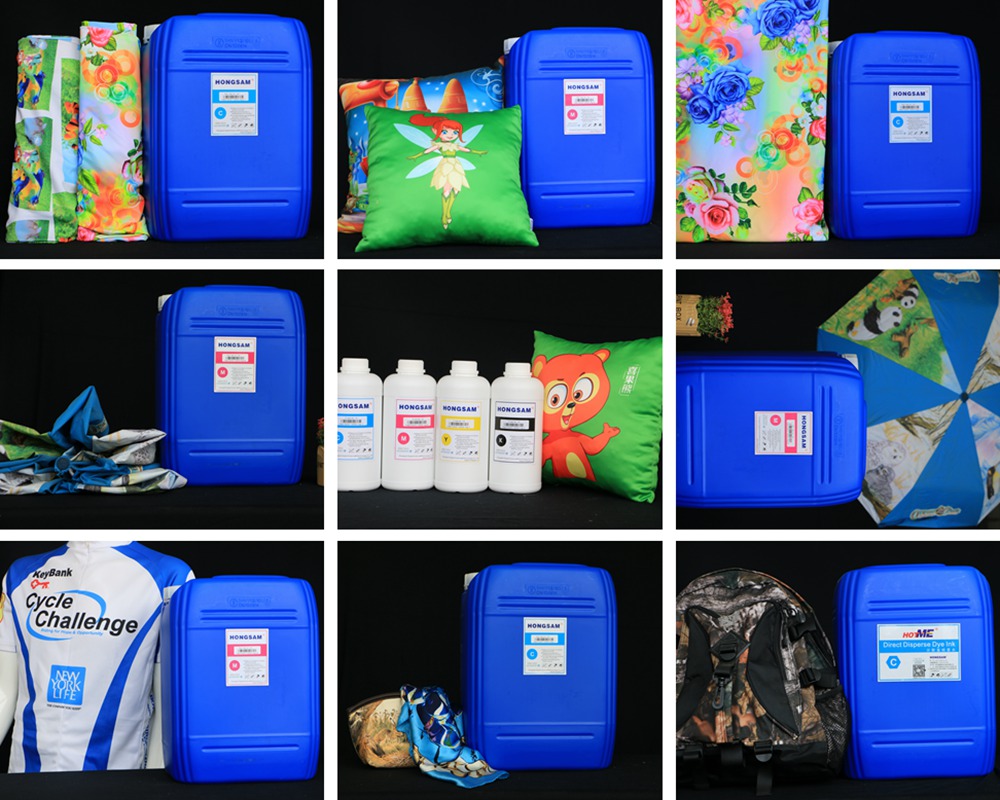 Mar 15,2024
Mar 15,2024
If you're wearing a t-shirt with a graphic, the graphic can be made in a number of ways. If it is a custom design, such as your name and number, it may be dye-sublimated or inkjet printed. However, if it's a concert shirt printed in high volume, then it's likely to be screen printed. Sublimation printing is known for its vibrant colors and intricate designs.
Sublimation printing is a dye-based digital process, and is one of the most common methods of producing garments with designs. Many leading inkjet printing manufacturers also produce sublimation printers, but there are significant differences in the process.
Sublimation Printing Process
The process of sublimation printing starts with printing artwork onto sublimation paper using sublimation inks, not a direct printing process. Place the garment or other item on the jig, then press it with a heat press machine, so as to convert the ink into gas state and transfer it to the item being printed. The sublimation printing process is suitable for printing polyester or garment with a polyester-based coating. Once the ink is printed on the fabric, it returns to a solid state, and the ink is permanently fused to the garment.
Sublimation printing can be used anywhere fabric is required, such as signs and home decor, as well as non-textile items such as mouse pads. Sublimation printing also can be used on aluminum, glass, plastic and other materials, which is especially suitable for transferring images from photos or logos to gifts.
Differences Between Sublimation Printing and Screen Printing
4.Screen printing has stable color on cotton fabrics; while sublimation printing is only suitable for printing polyester.
Advantages of Sublimation Printing
3.Sublimation printing doesn’t need plate making, which makes it ideal for small orders.
Disadvantages of Sublimation Printing
2.Sublimation printing cannot be used to create textures, since sublimation is about fusing a layer into the product.
Sublimation Ink
Due to unique composition, sublimation inks are in a category all by themselves. sublimation inks are dye-based, while inkjet inks can be dye-based or pigment-based, and screen inks are pigment-based. Thermal transfer inks are solid at the start of the printing process, and are heated to gas state to fuses to the item when transferring, not fading. Sublimation paper transfer inks are most likely not compatible with inkjet printers.
One limitation of the sublimation ink process is that there is no white sublimation ink. Therefore, sublimation printing is only suitable for white or light colored items.
Hongsam Digital is a professional manufacturer of digital inkjet inks for 22 years. For any problems, please feel free to leave us a message, thank you.
